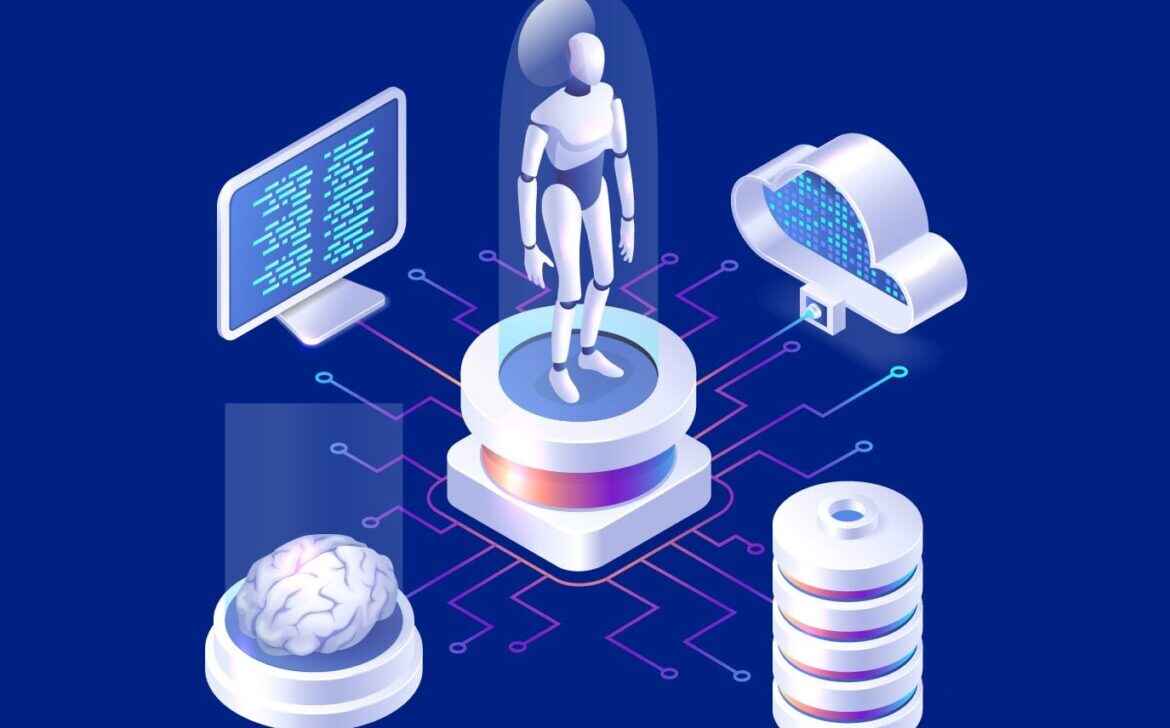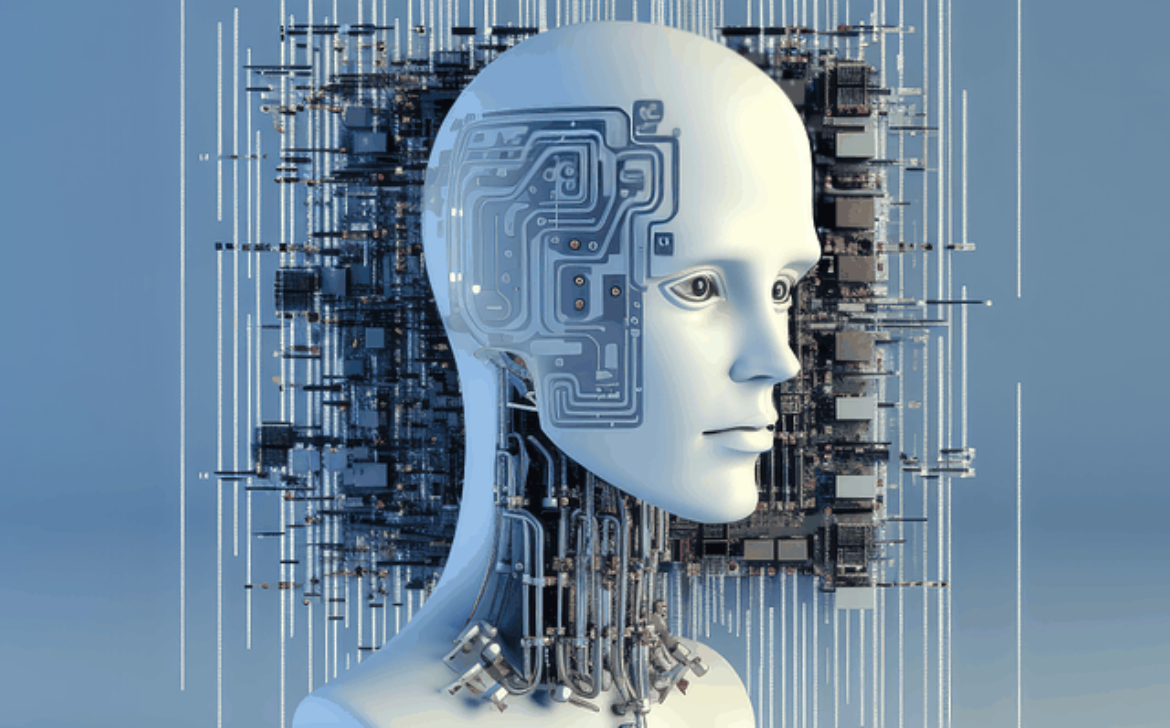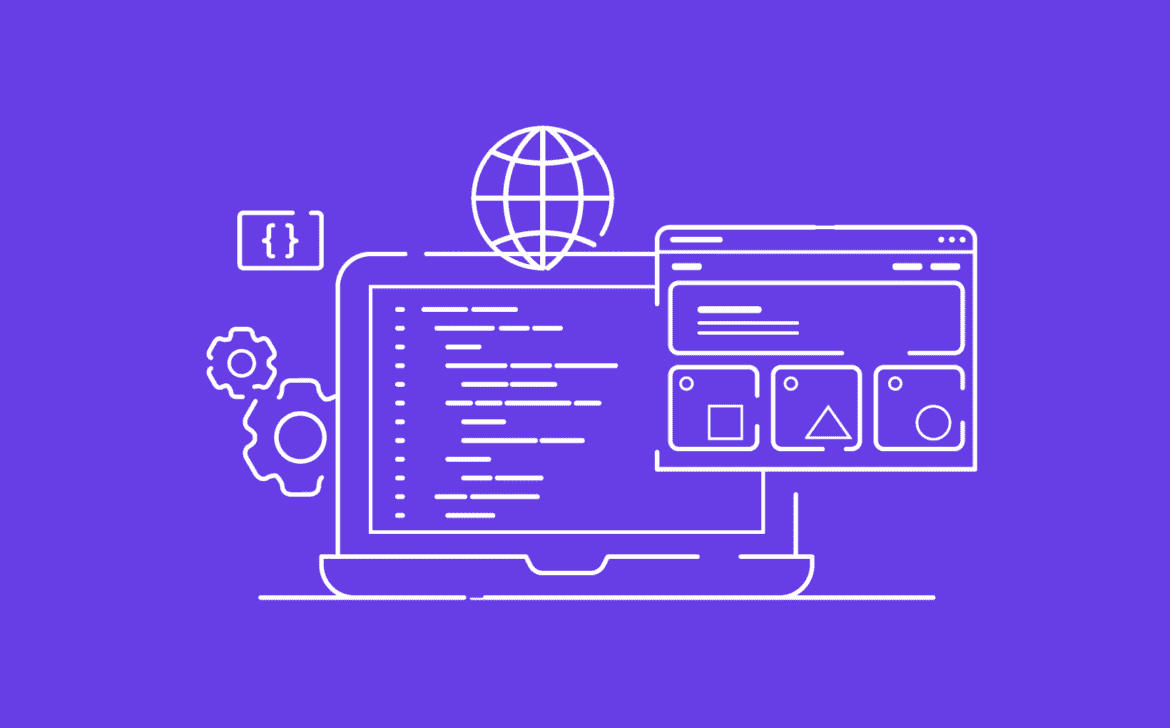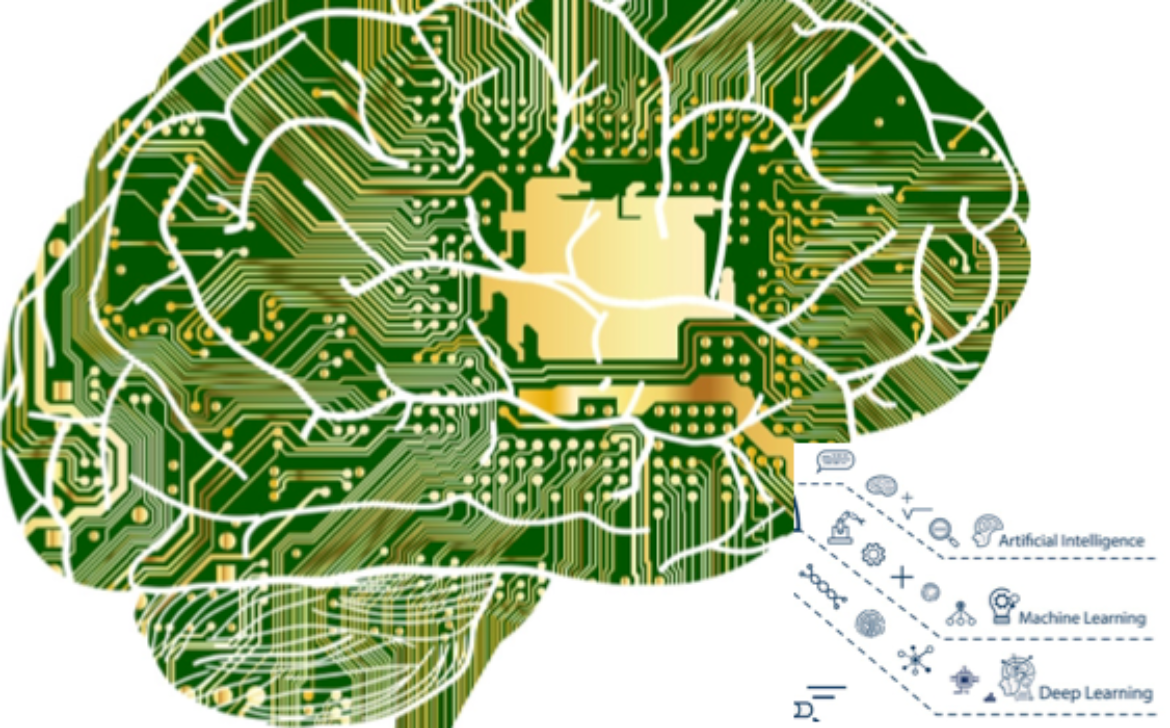The Power of Hackathons: Why Your Team Should Participate
Hackathons are hotbeds of innovation, collaboration, and skill development. These time-bound events bring diverse minds together to tackle problems, build prototypes, and showcase abilities. Here’s why your team should jump on the hackathon bandwagon.
Skill Boost: Hackathons push skills to the limit. The pressure cooker environment enhances problem-solving, technical, and soft skills.
Innovative Sparks: The blend of competition and freedom fosters out-of-the-box thinking, leading to novel solutions that might not surface otherwise.
Diverse Collaboration: Mixed skill sets (developers, designers, marketers) breed interdisciplinary teamwork, enriching the solution.
Networking Goldmine: Hackathons connect you with peers, mentors, and pros, opening doors to new insights, partnerships, and career avenues.
Agile Prototyping: Rapid prototyping becomes second nature. Iterate quickly, a valuable skill for any project.
Visibility Matters: Showcase your skills. Presenting your work to judges and peers can boost your profile and impress potential clients or employers.
Problem-Solving Gym: Dive into diverse problem domains. Grappling with challenges hones problem-solving skills in practical settings.
Fun and Motivation: The high-energy atmosphere, camaraderie, and sense of accomplishment inject enthusiasm into your routine.
Conclusion: Beyond prizes, hackathons fuel innovation, collaboration, and growth. They cultivate technical prowess, expand networks, and foster creativity. Ready to embrace the hackathon adventure? Unleash your team’s potential today.
















